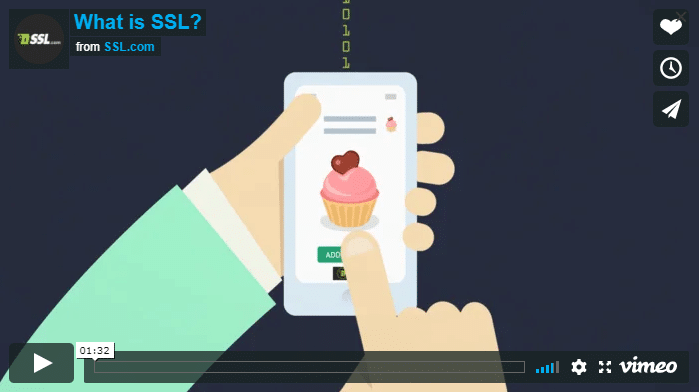SSL.com Blog
A Guide to SSL/TLS and Client Authentication Certificates for Containers
As a developer working with containers, you are responsible for protecting sensitive data and maintaining your users’ trust. Implementing SSL/TLS certificates for encryption and client authentication certificates for verifying client identities is critical in achieving this goal. In this post, we’ll explore the purpose of these certificates, provide a step-by-step
Read More »
Michael Labos
May 3, 2024
Understanding the Zero Trust Security Model
Zero Trust is a security model that assumes all users, devices, and applications are untrusted by default, regardless of physical or network location. Instead of relying on the traditional “trust but verify” approach, Zero Trust advocates for a “never trust, always verify” philosophy. This paradigm shift is driven by the
Read More »
Michael Labos
April 24, 2024
Key Management Best Practices: A Practical Guide
As digital transformation accelerates across industries, organizations rely more heavily on cryptographic keys to secure data and enable secure digital processes. Cryptographic keys form the backbone of security for encryption, digital signatures, and authentication. However, more is required than simply deploying the latest cryptographic algorithms. Organizations must have robust key
Read More »
Michael Labos
April 12, 2024
How to Sign a PDF: Your Complete Guide
The transition from traditional pen-and-paper signatures to digital solutions has become increasingly necessary. Signing PDFs digitally offers a convenient, efficient, and secure way to approve and authorize documents. This guide provides a comprehensive overview of how to sign a PDF, including selecting the right tools, understanding the legal considerations, and
Read More »
Michael Labos
April 9, 2024
What are Root Certificates, and Why Do They Matter?
Root certificates are at the foundation of internet security. They are critical to validating the identity of websites through SSL/TLS certificates. But how exactly do they work, and why are they so important? This article will explain everything you need to know about root certificates in plain language. What is
Read More »
Michael Labos
March 22, 2024
What is an eSeal?
An eSeal is a digital signature solution that allows businesses to efficiently sign and secure large volumes of documents with the organization’s verified digital identity. By cryptographically binding signatures to documents, eSealing protects against unauthorized changes and fraud while enabling automated bulk signing workflows. eSealing provides the legal validity, security,
Read More »
SSL Support Team
March 20, 2024
Subscribe To SSL.Com’s Newsletter
Don’t miss new articles and updates from SSL.com
